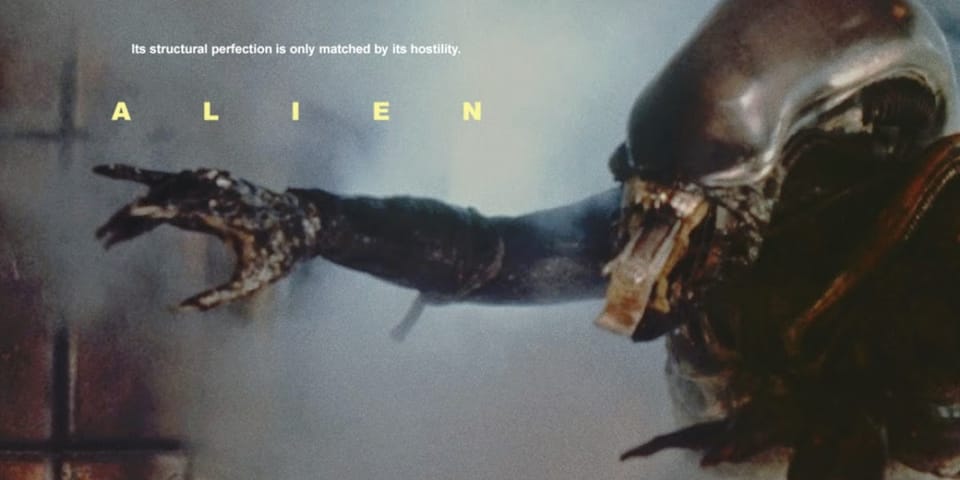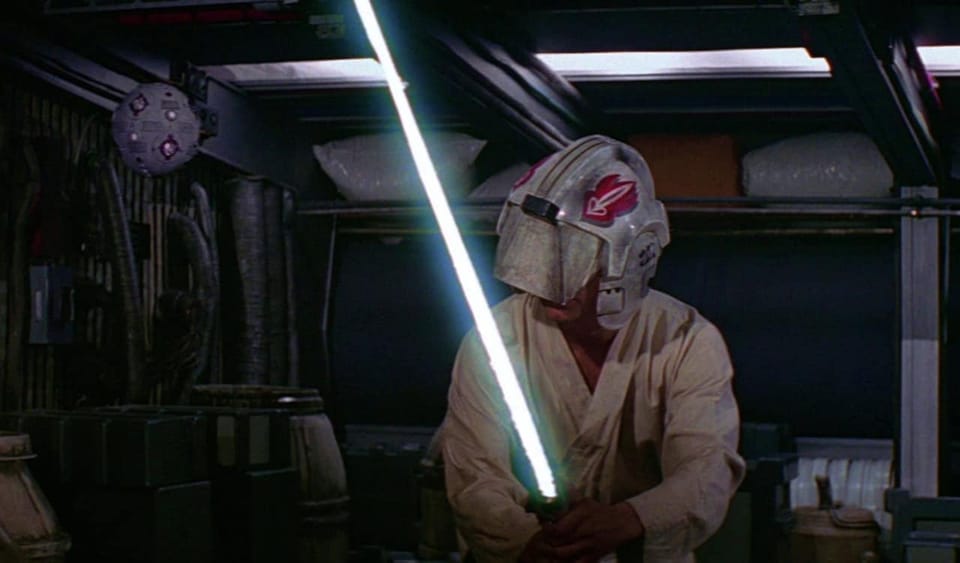The quick pitch (to yourself)
Best performed in the outline phase, the quick pitch is a “verify” button for your structure,

The Story and Plot Weekly Email is published every Tuesday morning. Don't miss another one.
The quick pitch is something I perform in the outline phase of a new project.
I learned to do this early on because I often found myself settling on story points. For example, if I could point to something that could be called a midpoint, that would be enough for me.
I wouldn’t necessarily push myself to have a GREAT midpoint.
And I would always pay the price later, in terms of narrative momentum and emotional resonance.
It also helps me pinpoint what the story is really about by defining the difference between 2A and 2B.
The quick pitch became a useful “verify” button for my structure.
It helps ensure that I have a clean and functional macro-structure.
The quick pitch is not the logline.
It may look like it at first glance, but it isn’t. The primary difference is that the quick pitch includes the midpoint and the third act, which the logline should not.
The logline is to show others, and the quick pitch is just for me.
Here is the logline for ANOTHER LIFE:
Stranded in a small town, a desperate woman agrees to impersonate a wealthy man’s missing wife so he can access a safe deposit box, only to discover that the town’s psychotic crime boss now wants access to it, too.
The logline covers Act 1 and the concept.
It will rarely ever mention the midpoint.
Now, I love ANOTHER LIFE, but it’s not a killer idea. It’s a good idea. It’s a fun idea. However, we knew we wouldn’t sell it on the logline alone because it’s just not high-concept enough.
That doesn’t mean we won’t sell it eventually, but we went into it knowing it was a long shot.
That said, this is a good logline for what the movie is.
The quick pitch, however, covers the whole structure.
It describes all four acts. This is why it’s different, and it’s why it’s only for you.
Here is the quick pitch for ANOTHER LIFE:
Stranded in a small town, a desperate woman agrees to impersonate a wealthy man’s missing wife so he can access a safe deposit box in the local bank, but when the man accidentally kills himself while cleaning his gun, the woman is stuck with the body and the man’s debts to the town’s psychotic crime boss, and she must find a way to escape the town with her life.
As you can see, the first sentence is the same. That’s Act 1 and 2A.
But the quick pitch goes on to describe a clear midpoint and a clear response to the midpoint.
The quick pitch is for your eyes only.
Do not show your quick pitch to anyone else. The quick pitch is not meant to sell the piece but to show YOU the driving action of the narrative.
Act 1. Act 2A. Act 2B. Act 3.
Suddenly, the beautiful simplicity of your structure is right in front of you!
Simplify to clarify.
The quick pitch tells you if the structure is clean.
A significant part of narrative momentum is a clear driving action that propels the story forward through the protagonist’s want.
This action will zigzag with tactics, but not with changing wants.
So the quick pitch forces you to clarify that want through each act and what event shifts that want into something else for the next one.
Remember, this want is like a river. It may change tactics as it twists and turns around obstacles, and that should be fun to watch, but it is always moving downstream to its goal.
We tend to overcomplicate things.
We are creative people, and our natural tendency is to nuance.
Nuance itself isn’t bad, of course. However, nuance is often used as a means of avoiding a decision, which is precisely what we want to avoid.
Artists are very good at taking something simple and making it less meaningful by adding more information to it.
When it’s not clear what characters want and what they’re trying to do, it’s hard to root for one outcome over another.
This will make your job even more difficult than it already is.
In Billy Wilder’s tips, collected and shared by Cameron Crowe, Number 3 was, “Develop a clean line of action for your leading character.”
This is absolutely vital for narrative momentum and, among other things, one of the great benefits of the quick pitch.
Four parts. One for each act.
The quick pitch works like this:
Act 1: “When a…”
Act 2A: “They do this…”
The midpoint: “But when…”
Act 3: “They must do this…”
Some examples:
JAWS
When a series of suspected shark attacks ravage a coastal island, the police chief struggles with the local leadership on how best to protect the town, but when the shark attacks a busy beach on the 4th of July, the chief, along with a marine biologist, hires an eccentric shark hunter to go out into the coastal waters to kill it.
Take note of the clear breakdown of the structure:
Act 1: When a series of suspected shark attacks ravage a coastal island…
Act 2A: The police chief struggles with the local leadership on how best to protect the town
The midpoint: but when the shark attacks a busy beach on the 4th of July, the chief, along with a marine biologist, hires an eccentric shark hunter
Act 3: to go out into the coastal waters to kill it.
Notice if you take the midpoint out, how much the movie changes.
When a series of suspected shark attacks ravage a coastal island, the police chief, along with a marine biologist, hires an eccentric shark hunter to go out into the coastal waters to kill it.
That is an entirely different movie! Just by removing the midpoint.
BARBIE
When a perfect “stereotypical” Barbie starts to lose her perfection, she and Ken go out into the real world to find and help the child playing with her, but when she returns to Barbieland, she discovers Ken has brought the patriarchy with him, and she must find a way to return balance to both herself and to Barbieland.
Act 1: When a perfect “stereotypical” Barbie starts to lose her perfection,
Act 2A: She and Ken go out into the real world to find and help the child playing with her
The midpoint: but when she returns to Barbieland, she discovers Ken has brought the patriarchy with him
Act 3: She must find a way to restore balance to both herself and to Barbieland.
Like JAWS, take out any one of these acts, and we have a different structure and, in effect, a different movie.
Don’t treat it as homework.
That is, the bare minimum required to check the box.
This exercise is for you. The only one that benefits is you. There is no need to show your work to anyone else.
So if you do it, do it right.
Hold yourself accountable.
Don’t just fill out the answer to the minimum. Work the exercise. Be honest with yourself.
Does your Act 1 have a clear problem that needs to be resolved? “When a…”
Does your 2A have a clear action in an attempt to solve this problem? “They do this…”
Does your midpoint force a clear shift in direction? “But when…”
Is the want in Act 3 clear? “They must…”
It’s there if you need it.
Like everything we do, this is a tool for when it’s needed.
Not every story will lend itself to this. There is nothing wrong with that. Larger ensembles, for example, will present challenges to a single line of action.
But if your narrative doesn’t want this kind of breakdown, know and understand why. Identify the reasons, and make sure it is a conscious choice rather than a reason not to do the work.
Know why it’s better off not having a single, clean line of action.
Because most stories will want to fit.
And this clean line of action will clarify what to hang your structure on. It will tell you what is important and help you make more choices.
Simplicity in the narrative does not restrict you. It liberates you.
It allows you to focus on what is genuinely important: great characters, great scenes, and the order by which you put them.
The Story and Plot Weekly Email is published every Tuesday morning. Don't miss another one.
When you're ready, these are ways I can help you:
WORK WITH ME 1:1
1-on-1 Coaching | Screenplay Consultation
TAKE A COURSE
Mastering Structure | Idea To Outline




